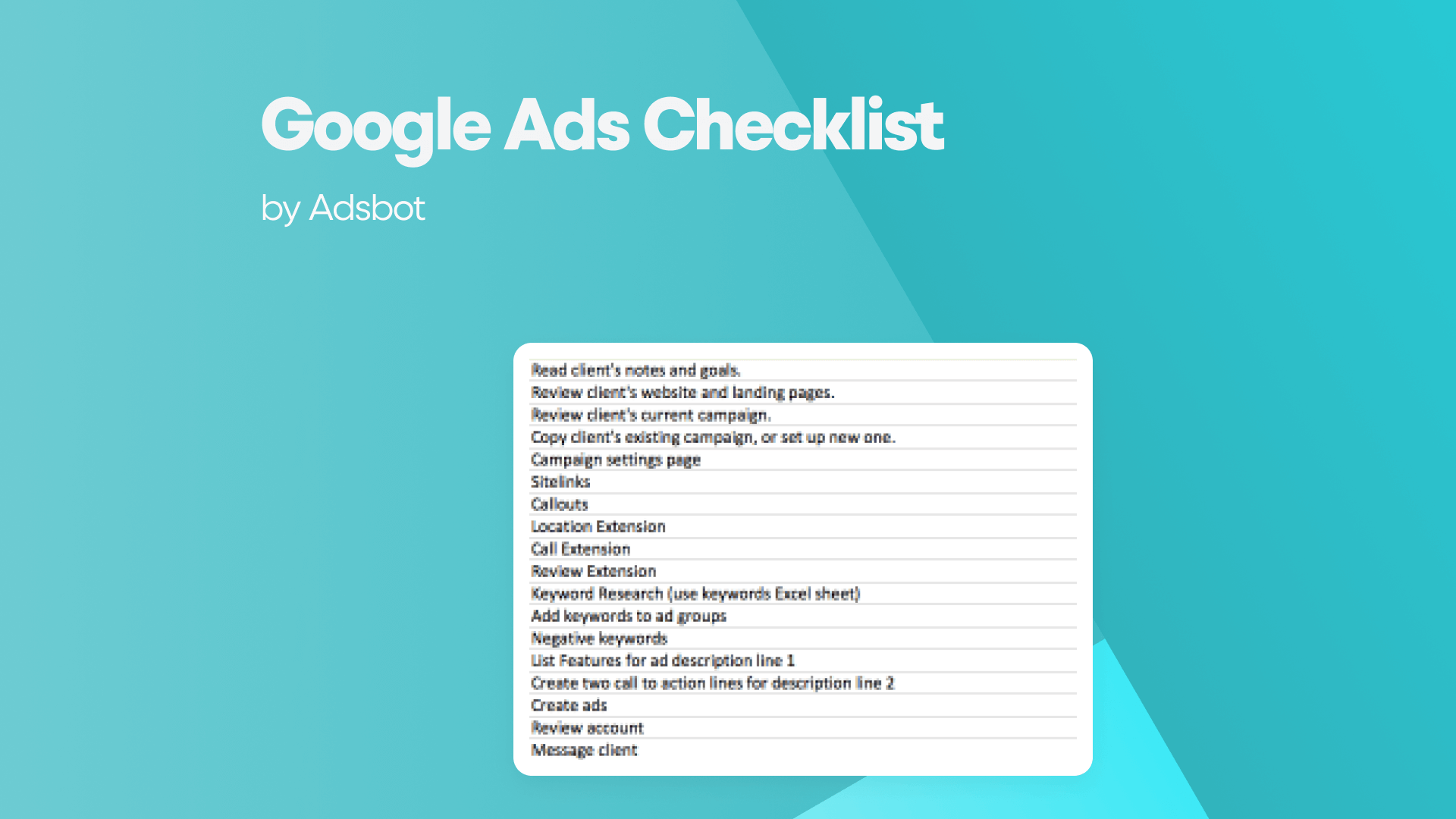- Campaign Goals: Start by defining your campaign goals, such as generating leads, increasing website traffic, or boosting sales. This will help you determine the best targeting options, campaign type, and bidding strategies to use.
- Keyword Research: Conduct thorough keyword research to identify the keywords that your target audience is searching for. Use keyword research tools to find relevant keywords and evaluate their search volume, competition, and relevance to your business.
- Campaign Structure: Set up your campaign structure, including ad groups, ad copy, and landing pages. Make sure that each ad group is focused on a specific theme or set of keywords. This will help you create more relevant ads and landing pages, which can lead to higher click-through rates and conversions.
- Targeting Options: Choose the appropriate targeting options for your campaign, such as location targeting, demographic targeting, and device targeting. This will help you reach your target audience and ensure that your ads are shown to the right people at the right time.
- Bid Strategy: Choose a bid strategy that aligns with your campaign goals, such as cost per click (CPC), cost per acquisition (CPA), or return on ad spend (ROAS). This will help you optimize your bids to achieve your desired results while staying within your budget.
- Ad Formats: Choose the ad formats that best align with your campaign goals, such as search ads, display ads, or video ads. This will help you create ads that are visually appealing and engage your target audience.
- Ad Copy: Write compelling ad copy that includes your target keywords and a clear call-to-action. Use ad copy that is relevant to your target audience and highlights the unique benefits of your products or services. It also helps to you improve your quality score!
- Landing Pages: Create landing pages that are optimized for conversions and provide a clear path for visitors to take action. Use landing pages that are relevant to your ads and provide a seamless user experience.
- Conversion Tracking: Set up conversion tracking to measure the effectiveness of your campaigns and identify areas for improvement. Use conversion tracking to track actions such as form submissions, phone calls, and product purchases.
- Campaign Monitoring: Monitor your campaigns regularly to identify areas for improvement and make adjustments as needed. Use analytics tools to track key metrics such as click-through rates, conversion rates, and cost per conversion.
- A/B Testing: Conduct A/B testing to identify which ad copy, targeting options, and landing pages are most effective. Use A/B testing to test different versions of your ads and landing pages to see which ones generate the best results.
Campaign Optimization: Continuously optimize your Google Ads campaigns to improve their effectiveness and achieve your campaign goals. Use the insights you gain from monitoring and testing your campaigns to make adjustments to your targeting, bidding, ad copy, and landing pages.
Written on:
Updated on:
Popular Posts
-
How Many Keywords Should Be In an Ad Group in Google Ads?
Ever wondered if your Google Ads campaigns are packed with…
Read more -
Google Ads Script for Dummies: An Introduction
Imagine you have an e-commerce website that sells licensed superhero…
Read more -
Google Ads Sitelink Character Limits
Your Google Ads are cutting off in the middle of…
Read more -
What Is Conversion Value in Google Ads?
What if you could put a price tag on every…
Read more
Register for our Free 14-day Trial now!
No credit card required, cancel anytime.






